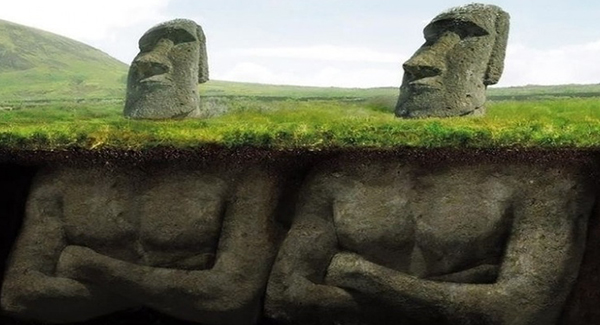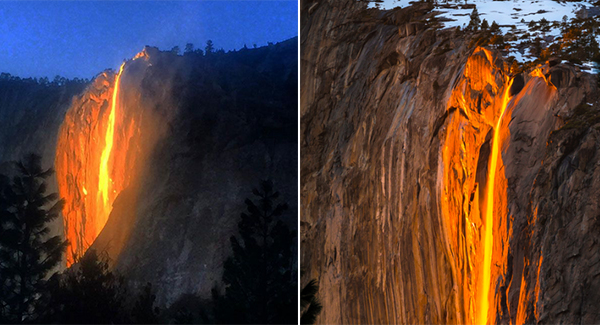Museum of Artifacts: 14000 Years Old Bisons Sculpture Found in Le d’Audoubert Cave, Ariege, France. The bison, constructed from the cave walls, stood side by side, leaning on a tiny boulder in the shadows.

Even though they are 18 feet 24 inches long, they are exquisitely made and remarkably durable. Until it was found in the early 20th century, the bison lived by itself for thousands of years in the pitch-black French cave.
The artist’s hand signs are still clearly visible and the techniques used to render the face and mane details Objects like these clearly demonstrate that man used clay for artistic expression long before the actual firing of clay was discovered.

The walls of these caves also are covered with drawings of bison and other game animals, marked in carbon from the fires, as well as the earth minerals such as iron oxide and manganese, showing that these ceramic coloring materials that we still use today were known to our earliest ancestors.
The bisons’ shaggy mane and beard appear to be carved with a tool, but the jaws are traced by the sculptor’s fingernail. The impression given is one of immense naturalistic beauty. The female bison is ready to mate, while the Bull is sniffing the air.

Although they have experienced some drying out, which has caused some fractures to form across their bodies, both creatures are supported by a central rock and are astonishingly well maintained (possibly demonstrating that there was never a channel linking the Tuc d’Audoubert cave with the Trois Freres).
Also in the chamber are two other bison figures, both engraved on the ground. Prehistorians have theorized that a small group of people (including a child) remained in the Tuc d’Audoubert cave with the sole reason of participating in certain ceremonies associated with cave art.
The clay bison were placed in an isolated area, beneath a low ceiling, at the very end of the top gallery, about 650 meters from the entrance, which is compatible with their participation in some sort of ceremonial or shamanistic activity.


